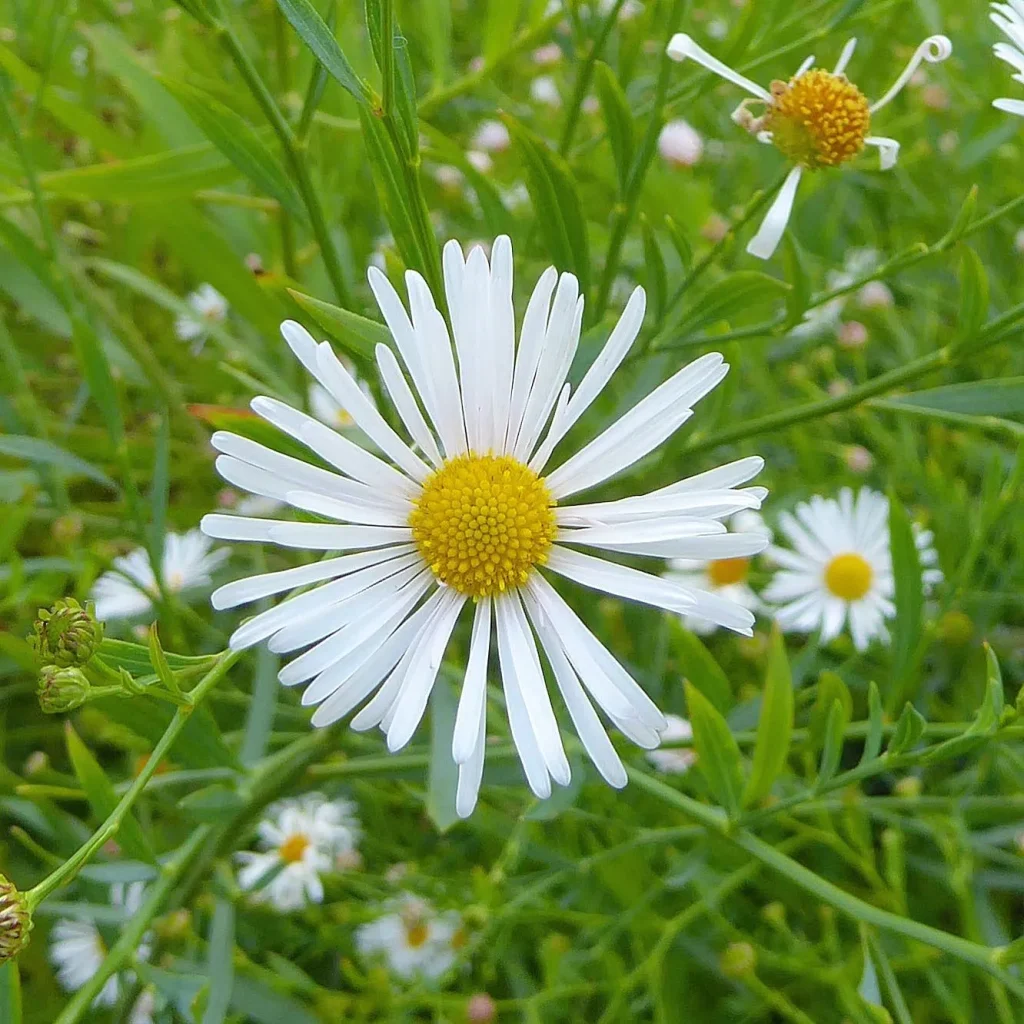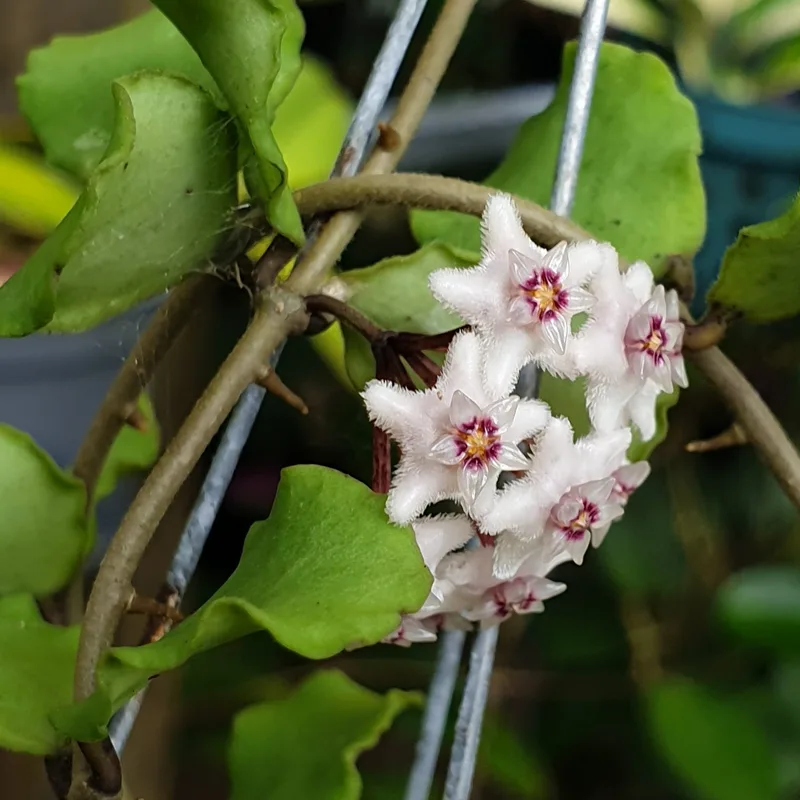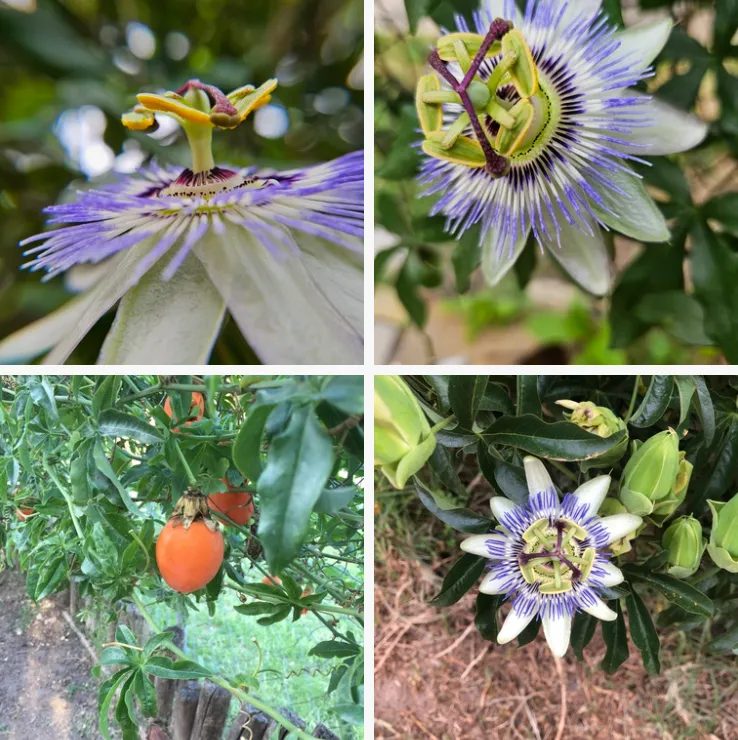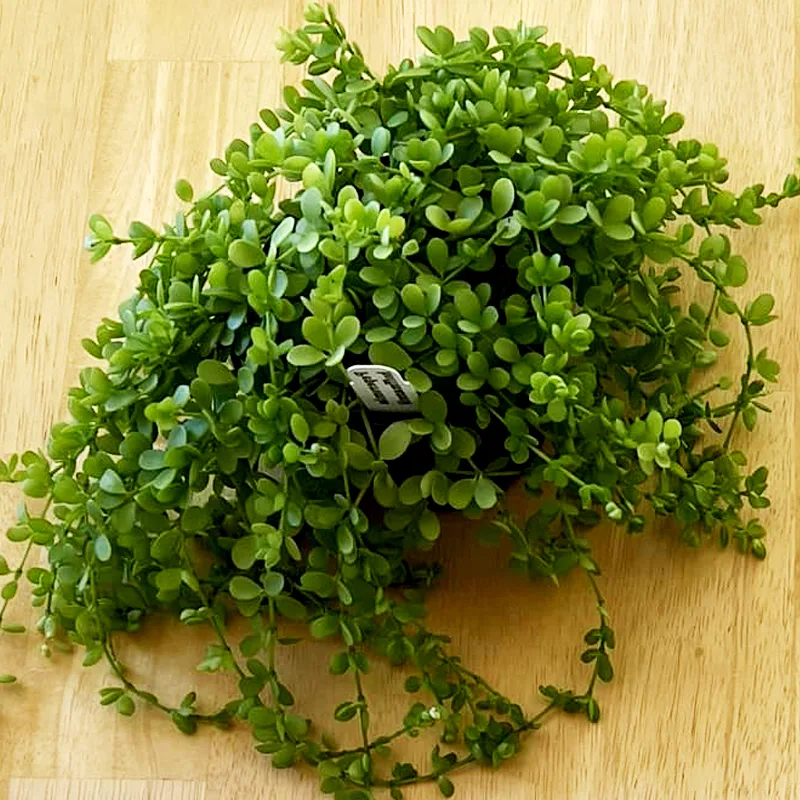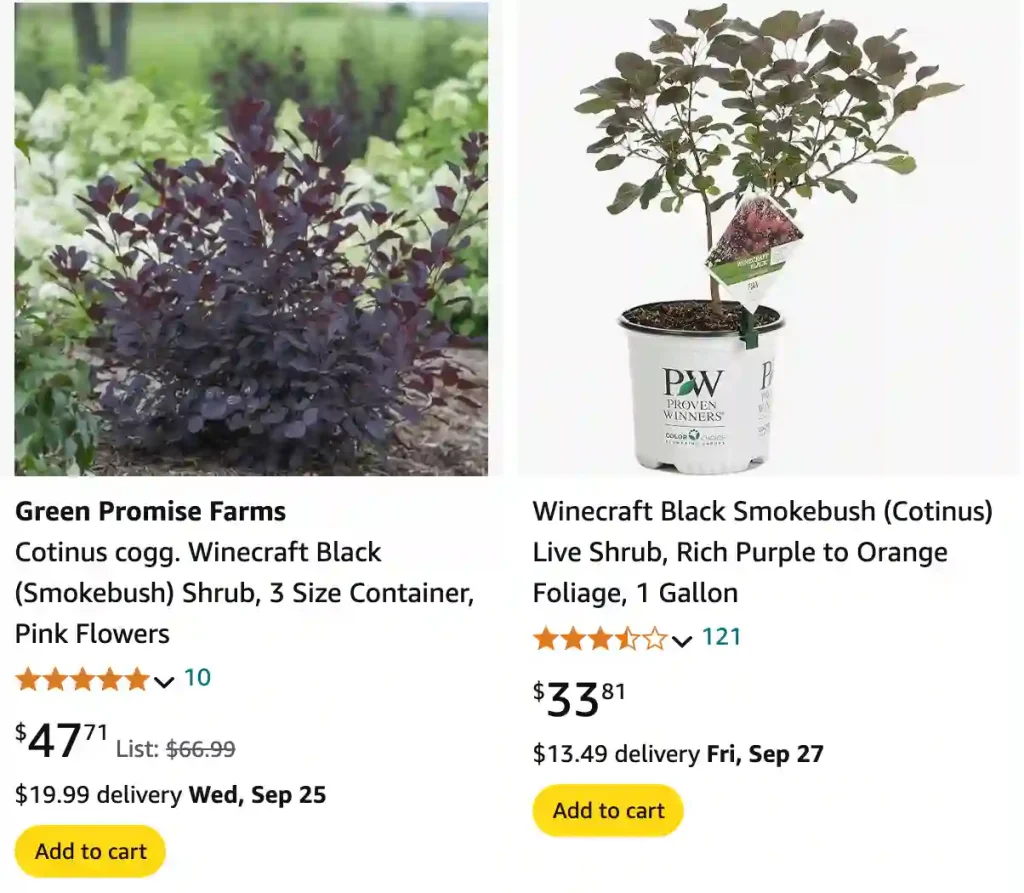
FAQs About Cotinus Winecraft Black
As a passionate gardener, I’ve spent countless hours researching and caring for different plant varieties. One of my favorites is Cotinus Winecraft Black, known for its stunning dark foliage and vibrant summer blooms. In this article, I’ll address some common questions about this beautiful shrub, including how to care for Cotinus Winecraft Black and much more.
7 Species in Genus Cotinus
What is Cotinus Winecraft Black?
Cotinus Winecraft Black is a deciduous shrub that stands out with its deep burgundy to black leaves. It grows between 6 to 10 feet tall and wide, making it a striking addition to any garden. In late spring to early summer, it produces clusters of fluffy, pink flowers that create a stunning contrast against its dark foliage. This plant thrives in full sun and is often admired for its unique color, which can change with the seasons.
How to Care for Cotinus Winecraft Black?
Caring for Cotinus Winecraft Black is relatively straightforward. Here are some essential tips:
- Light Requirements: This shrub thrives best in full sun. Aim for at least six hours of direct sunlight daily to promote vibrant foliage and abundant blooms.
- Soil Type: Cotinus prefers well-draining soil with a slightly acidic to neutral pH. Adding organic matter can improve soil quality and drainage.
- Watering: Water young plants regularly, especially during dry spells. Once established, they are drought-tolerant but still benefit from occasional deep watering.
- Fertilization: A balanced, slow-release fertilizer in early spring can help encourage growth and flowering. Avoid over-fertilizing, as this can lead to excessive leaf growth at the expense of blooms.
- Pruning: Prune in late winter or early spring to shape the plant and remove any dead or damaged wood. This promotes healthy growth and ensures the plant maintains its desired shape.
How to Propagate Cotinus Winecraft Black?
Propagating Cotinus Winecraft Black can be done through cuttings or seeds. I prefer cuttings, as it’s more straightforward and often yields better results.
- Cuttings: Take semi-hardwood cuttings in late spring or early summer. Make sure each cutting has at least two nodes. Dip the cut end in rooting hormone, then plant it in a well-draining potting mix. Keep the cuttings moist and in a warm, bright location until roots develop.
- Seeds: While it’s possible to grow from seeds, it can be more time-consuming. Seeds need a period of stratification before they will germinate, which can be tricky for beginners.
What to Plant With Cotinus Winecraft Black?
Cotinus Winecraft Black pairs beautifully with various plants. Here are a few companions that I’ve found work well:
- Ornamental Grasses: Their soft textures contrast nicely with the bold foliage of Cotinus, creating an appealing visual balance.
- Perennials: Consider planting lavender or coneflower nearby for a pop of color. These plants thrive in similar conditions, making maintenance easier.
- Shrubs: Other shrubs like Hydrangeas or Barberry can provide interesting contrasts and layers in your landscape.
Can You Grow Cotinus Winecraft Black Indoors?
While Cotinus Winecraft Black is primarily an outdoor shrub, it can be grown indoors in large containers. However, you’ll need to ensure it receives ample sunlight, ideally from a south-facing window. Keep in mind that the plant may not reach its full potential indoors, as it thrives best in a garden setting with plenty of space to grow.
Is Cotinus Winecraft Black Toxic?
One concern many gardeners have is the toxicity of their plants. Fortunately, Cotinus Winecraft Black is non-toxic to both pets and humans. This makes it a safe choice for families and pet owners.
Benefits of Cotinus Winecraft Black
Aside from its stunning appearance, Cotinus Winecraft Black offers several benefits:
- Wildlife Attraction: Its flowers attract pollinators like bees and butterflies, supporting local ecosystems.
- Low Maintenance: Once established, this shrub requires minimal care, making it perfect for busy gardeners.
- Versatile Landscape Use: Whether as a focal point, hedge, or in mixed borders, its striking color and form fit various garden styles.
Common Problems with Cotinus Winecraft Black
Despite its resilience, Cotinus Winecraft Black can face some issues. Here are a few common problems I’ve encountered:
- Leaf Spot: This can occur due to excess moisture or poor air circulation. Ensuring good spacing and avoiding overhead watering can help.
- Pests: While generally pest-resistant, watch for aphids or scale insects. A gentle soap spray can often resolve these issues without harsh chemicals.
- Overwatering: Be cautious not to overwater, as this can lead to root rot. Allow the soil to dry slightly between waterings.
How Does Cotinus Winecraft Black Compare to Other Similar Plants?
When comparing Cotinus Winecraft Black to other shrubs like Purple Smoke Tree (Cotinus coggygria), the key difference lies in its color intensity and growth habit. While both have similar flowers, Winecraft Black offers deeper foliage, making it more visually striking in many settings.
In conclusion, Cotinus Winecraft Black is an exceptional choice for anyone looking to add drama and beauty to their garden. With proper care, it can thrive for years, providing stunning seasonal changes and attracting wildlife. Happy gardening!
If i die, water my plants!
